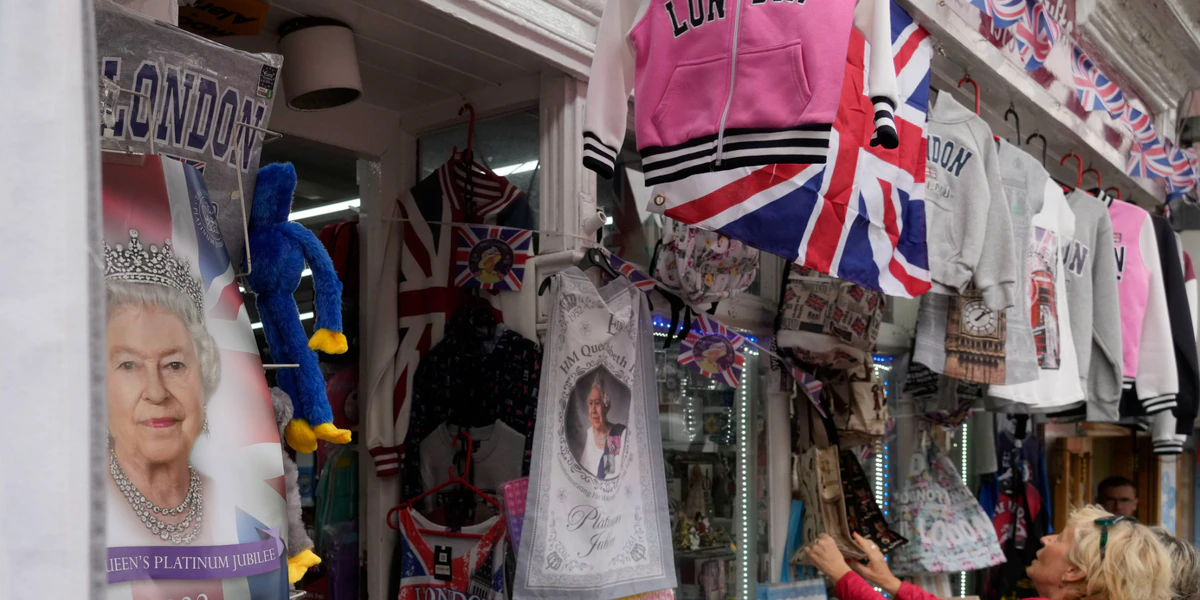The surprising history of Sentosa, Singapore’s staycation island
[ad_1]
(CNN) — It used to be known as Pulau Blakang Mati. Some translate the name politely as “the island of woe,” but the most cited translation is “the island behind which lies death.”
Now, it’s called Sentosa, from the Malay word for peaceful. Filled with theme parks, beaches, luxury resorts, casinos and other amusements, it’s Singapore’s primary island for staycations and is one of the city’s most popular destinations for international tourists.
But how did it all begin?
Fifty years ago this September, the nascent country of Singapore formed the Singapore Development Corporation (SDC), which — as its name indicates — was designed to transform a then rural, mostly uninhabited island into an urban playground.
A Malay island
The 500-hectare island is shaped like the large end of a smoking pipe, curving around the southern side of what is now Singapore. Its shape and position made it a perfect spot for traders traveling to and from Malaysia — and a regular hideout for the pirates who raided these ships.
There were three primary kampongs (villages) here: Ayer Bandera, Serapong and Blakan Mati. Residents of the island were a mix of Chinese, Malay and Bugis (from Indonesia’s Sulawesi island).
Then, in 1819, Sir Stamford Raffles arrived in what would become the Lion City.
The British statesman left an indelible stamp not only on Singapore but on much of East Asia, which he explored and wrote about during his diplomatic posts there.

Sentosa has a smaller version of Singapore’s famous Merlion statue.
Sentosa Development Corporation
During the second half of the 19th century, the British began building fortifications around Singapore. On Sentosa, there were four of these — Fort Serapong (near the center of the island), Fort Connaught, the Imbiah Battery and Fort Siloso (on the far northwest tip).
While Singapore was controlled by the British, soldiers lived on Pulau Blakang Mati. Malay, Chinese and Indian laborers did laundry, steered sampan boats and cleared land for the White military members.
Although Sentosa’s moniker was changed in 1970, history buffs will still recognize the names of many of the places dotted around the island. Fort Siloso — now a public park and history museum — is still there, but a beach, elevated walkway through the jungle and a tram station all bear the Siloso name too.
The onetime Imbiah Battery is now a lookout spot for hikers, while the abandoned buildings of Fort Serapong are popular for fans of urban exploration and “ruin porn.”
Meanwhile, the elegant The Barracks resort was, as its name indicates, once the home to British artillerymen. While the accommodations are significantly more comfy these days, guests can still sun themselves on the former parade grounds.
A Singaporean island
Much of Sentosa’s history parallels the history of the country of Singapore.
In 1965, Singapore officially declared independence from Malaysia and began to figure out what kind of a nation it wanted to be.
As commerce and industry grew on Singapore, Sentosa remained mostly rural and uninhabited. Most of the residents trickled away in the 1970s and resettled on Singapore.
Changes came quickly and dramatically. In the 1970s, visitors to the island could take a cable car, but within a decade there was also an above-ground tram that made it easy to get from place to place. Then, in 1992, the Sentosa Causeway, linking the two islands, was unveiled.
Tourist attractions came and went as popular trends changed.
Underwater World, at the time the largest oceanarium in Asia, was due to open in 1989 but didn’t open until 1991. Visitor numbers fluctuated over the years, and Underwater World eventually closed in 2016.
Another relic of the past was The Asian Village. This attraction was similar to Disney World’s Epcot, with different “villages” representing Malaysia, Thailand, the Philippines and other Asian countries, plus some rides. It shut down in 2000.
The Apollo Hotel was the first tourist accommodation on the island. It opened in 1978 and closed in 1986.
Meanwhile, the first beach resort on the island was the Shangri-La, which welcomed its inaugural guests in 1993. It took a decade, but eventually other big luxury brands catering to international vacationers followed — the Capella in 2009, the W in 2012 and Sofitel in 2015.
A musical fountain light show was one casualty of development, as it was knocked down to make room for the Resorts World complex that includes Southeast Asia’s only Universal Studios theme park and some 1,700 hotel rooms across multiple properties.
Also on the way out is Sentosa’s own Merlion, a sibling to the famous one across the water in Singapore.
These days, he says, tourists are more interested in experiences than in landmarks.
The city’s constant heat and humidity have also created a market for nighttime activities. Digital creations and light shows are on the list of possible additions.

Ferries used to bring guests to Sentosa, but these days most people come by car.
Sentosa Development Corporation
So much of what exists on Sentosa is new and shiny that it’s understandable why the common “it was a manmade island” misconception keeps going around.
Land reclamation may be the source of the confusion. Pulau Blakang Mati was about 280 hectares in size, and since 1972 Sentosa has grown to about 500 hectares.
Despite all the bustle, it’s possible to find that peacefulness that Sentosa’s name promises, especially when staying at one of the island’s hotels. The Capella Resort is surrounded by greenery and is a popular spot for sunset cocktails.
One major change was bringing back full-time residents to the island. However, the modern residents of Sentosa bear almost zero resemblance to the communities who lived on Pulau Blakang Mati.
Sentosa Cove, on the island’s eastern coast, is the only gated luxury community in Singapore. In a place where many people live in cramped quarters, this quickly became some of the most sought-after real estate in the country.

An artist’s rendering of Sentosa Sensoryscape, coming to the island in 2023.
Courtesy Sentosa Development Corporation
What comes next
Singapore, always on the lookout for new development opportunities, is already thinking beyond Sentosa.
The new Sentosa is likely to be Palau Brani, a trapezoidal land mass and former Navy base between Singapore and Sentosa. These days, most visitors simply notice Brani out of the corner of their eye as they drive from one island to the other, but the ambitious Sentosa-Brani Master Plan will connect the two with a $90 million Singaporean ($63 million US) link.
This “Greater Southern Waterfront” initiative is a multi-decade project that will push out some of the city-state’s commercial port spaces in favor of more tourist attractions and resorts.
Like nearly every other big infrastructure project on the planet, this one was held up by the coronavirus pandemic but has restarted as Singapore has dropped restrictions and adopted a “living with the virus” strategy.
The plan sees the two islands divided into five sections — waterfront, island heart, beachfront, vibrant cluster (think thrill attractions, event space, and the like) and ridgefront.
The first major initiative, a two-tiered “sensory walkway” through Sentosa that connects the northern and southern parts of the island, is due to open next year.
[ad_2]
Source link


